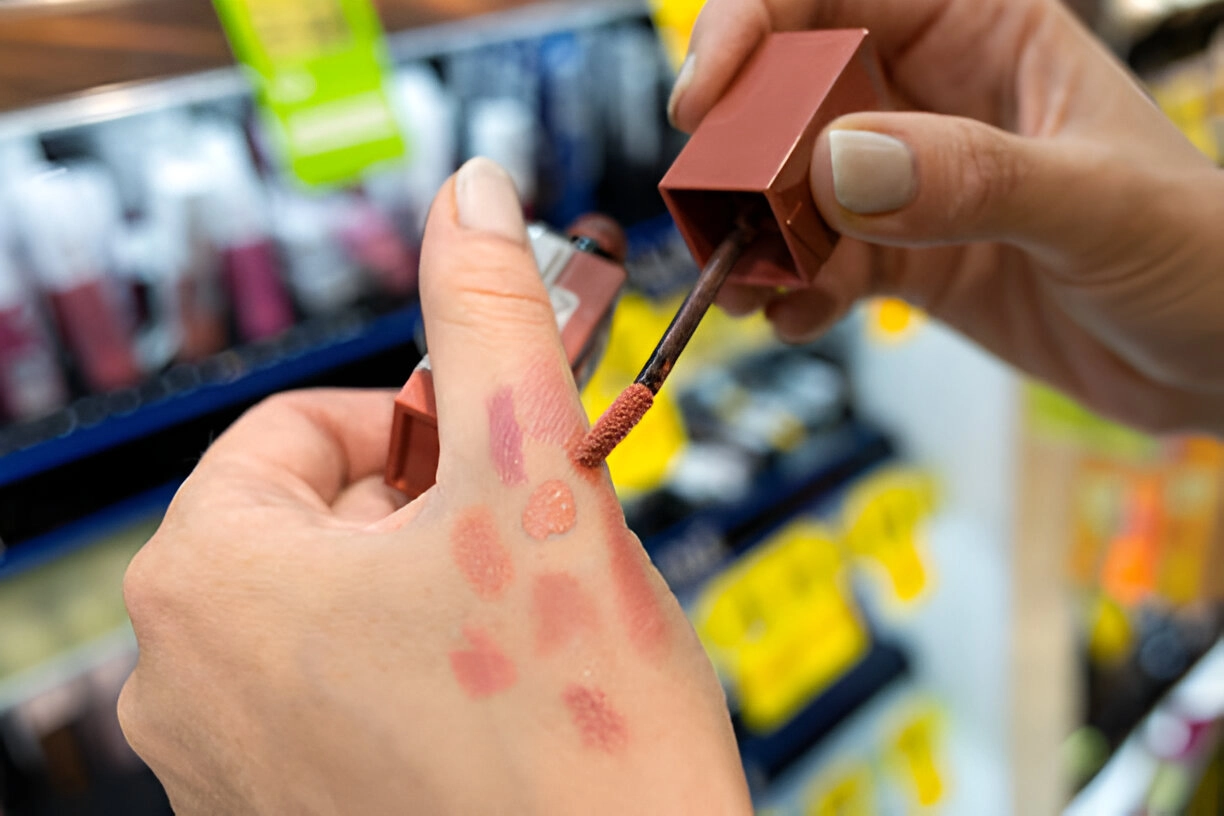Finding the perfect foundation match can feel like searching for a needle in a haystack. With so many options on the market, it’s easy to feel overwhelmed. But fear not—this guide breaks it all down for you step by step. You’ll walk away armed with tips and tricks that make selecting your ideal foundation shade as easy as pie.
Understanding Skin Tone and Undertone
Before diving into the actual process, let’s start with the basics: your skin tone and undertone. Think of these as the foundation of your foundation search (pun intended).
What’s Skin Tone?
Skin tone is the surface color of your skin. Most brands categorize it into five groups:
- Fair
- Light
- Medium
- Tan
- Deep
Hold a mirror in natural daylight and examine your skin closely. Is it pale, olive, or rich in depth? This is your skin tone.
What About Undertone?
Undertone runs deeper. It’s the subtle hue beneath your skin that doesn’t change regardless of sun exposure or seasonal shifts. There are three main undertones:
- Warm: Think golden or peachy hues.
- Cool: Hints of pink, red, or blue.
- Neutral: A mix of both warm and cool tones.
How to Identify Your Undertone
Here are a few quick tests to help you crack the code:
- Vein Test: Look at your wrists. If your veins appear greenish, you’re warm-toned. If they look blue or purple, you’re cool-toned. If you can’t decide, you might be neutral.
- Jewelry Test: Do you prefer gold or silver jewelry? Gold usually flatters warm tones, while silver complements cool tones.
- Fabric Test: Hold a white shirt and an off-white shirt against your face. Which one makes your skin look brighter? White favors cool tones; off-white favors warm tones.
Why Matching Foundation Matters
The wrong foundation shade can be like wearing someone else’s shoes—it just doesn’t feel or look right. A mismatched shade can leave you looking washed out, overly orange, or even gray. A well-matched foundation, however, seamlessly enhances your natural beauty, giving your skin that smooth, polished finish.
Steps to Find Your Perfect Match
Step 1: Prep Your Skin
Start with a clean slate. Wash your face, moisturize, and apply any primer you regularly use. Testing foundation on dry or uneven skin can throw off the results.
Step 2: Swatch It Right
Swatching is your best friend. Forget your wrist or the back of your hand—those areas don’t match your face. Instead, apply small swatches of foundation along your jawline. This area blends your face and neck, giving the most accurate match.
Step 3: Test in Natural Light
Store lighting is a trickster. Step outside and check your swatches in daylight. This will show you how the foundation looks in real-world conditions.
Step 4: Let It Settle
Foundation often changes slightly as it sets. Wait a couple of minutes before judging the color. It’s worth the wait—trust me.
Step 5: Seasonal Adjustments
Remember, your skin tone may shift with the seasons. Keep a lighter shade for winter and a deeper one for summer. Mixing the two can also work like magic during transitional months.
Tools and Resources to Simplify Shade Matching
Online Tools
Technology has entered the makeup world in full force. Use online shade finders like:
- Foundation Finder: Plug in your current foundation and it’ll recommend matches in other brands.
- Virtual Try-On Tools: Many beauty sites now let you upload a photo and test shades virtually.
In-Store Testing
If online tools don’t cut it, head to a makeup counter. Ask for help from beauty consultants, and don’t shy away from requesting samples. There’s no substitute for seeing and feeling a product in person.
Pro Tip: When testing in-store, swatch three shades you think are closest to your match. Then step outside to pick the best one.
Common Mistakes to Avoid
Even seasoned makeup enthusiasts slip up sometimes. Here’s what to steer clear of:
- Testing in Artificial Light: Those fluorescent bulbs aren’t doing you any favors.
- Skipping the Undertone Check: A foundation that matches your skin tone but clashes with your undertone will always look “off.”
- Using the Back of Your Hand: It might be convenient, but it’s rarely accurate.
- Ignoring Oxidation: Some foundations darken after application. Swatch, wait, and observe.
Special Considerations for Different Skin Types
Oily Skin
Opt for mattifying or oil-free foundations. Look for words like “shine control” or “long wear” on the packaging.
Dry Skin
Hydration is key. Dewy or cream-based formulas work wonders for adding a glow.
Sensitive Skin
Stick to fragrance-free and hypoallergenic options. Look for products labeled “dermatologist tested.”
Mature Skin
Light-reflecting formulas can soften the appearance of fine lines. Avoid overly matte textures, as they can settle into creases.
| Skin Type | Recommended Formula | Example Description |
|---|---|---|
| Oily Skin | Matte, Oil-Free | Controls shine all day |
| Dry Skin | Hydrating, Dewy | Adds moisture and glow |
| Sensitive Skin | Hypoallergenic, Fragrance-Free | Gentle on the skin |
| Mature Skin | Light-Reflecting, Lightweight | Softens fine lines |
Final Thoughts
Matching foundation might seem tricky, but it’s all about finding what works for your skin. Take your time, experiment, and don’t be afraid to ask for help. At the end of the day, the best foundation is the one that makes you feel confident and radiant.
So, which foundation shades have worked for you? Share your tips and tricks in the comments! Let’s keep the conversation going.

Marsha Cummings is the founder of Tranquil Glam, a platform dedicated to beauty, wellness, and self-care. With a passion for skincare and massage therapy, Marsha shares expert tips, product reviews, and insights to help readers feel confident and balanced.
Through Tranquil Glam, Marsha inspires others to embrace their natural beauty and discover the power of self-care in everyday life.









